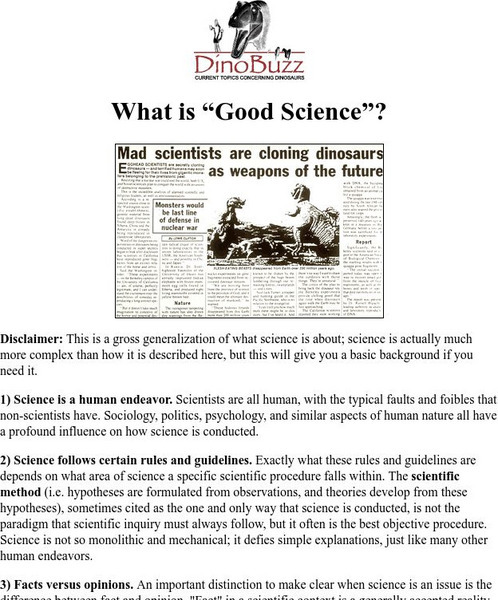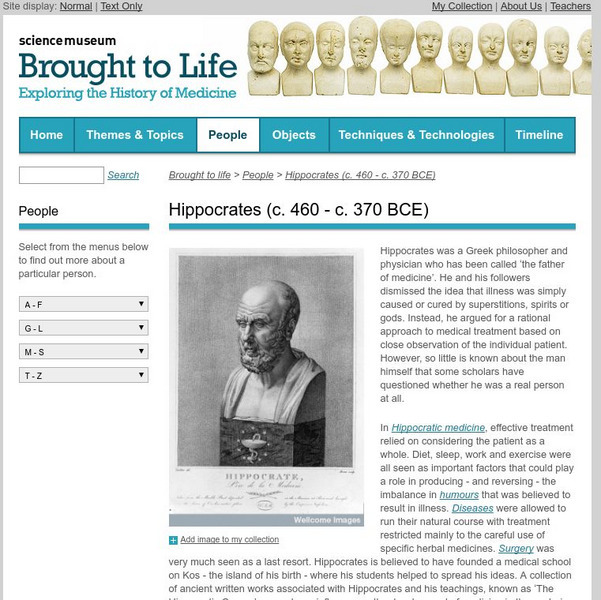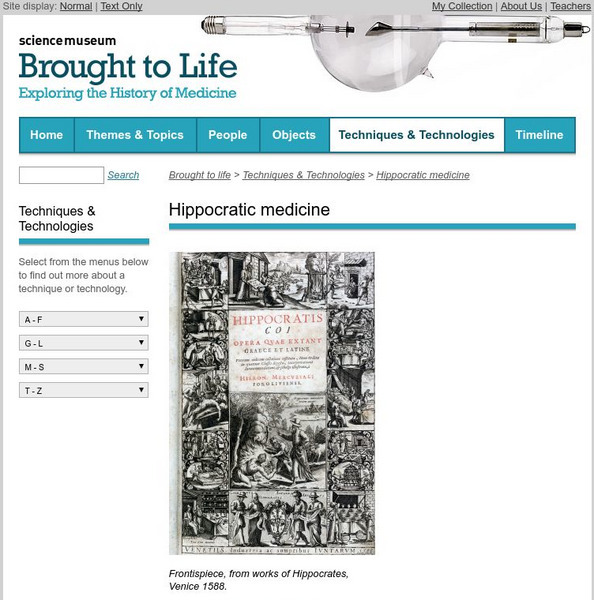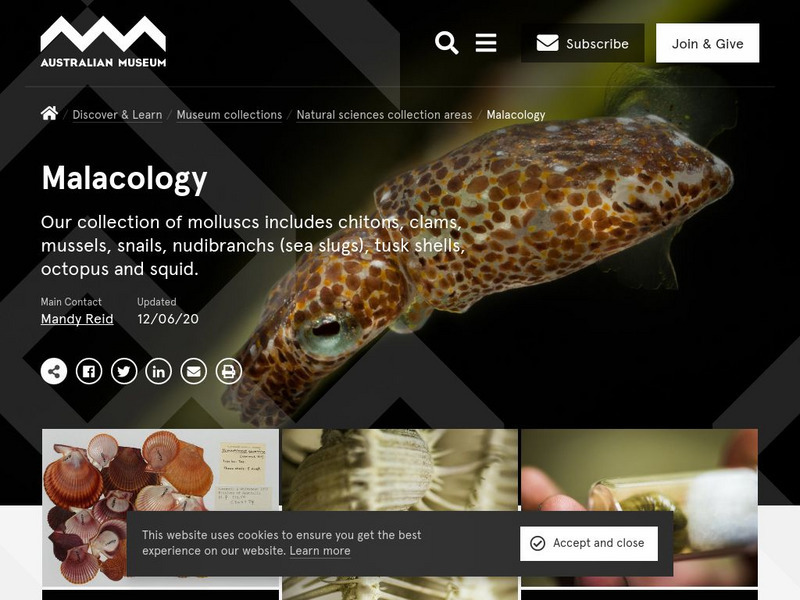Penn Museum
Penn Museum: China Gallery
Invite your learners to take a closer look at the art and mathematical function of dome buildings as designed by the ancient Romans. In the next segment of this attractive activity set, your young historians will then learn about ancient...
Berkshire Museum
Backyard Rocks
You don't have to travel far to learn about rocks, just step outside, pick up a stone, and begin investigating. After taking a class walk around the school grounds collecting rocks, young scientists practice their skills of observation...
National WWII Museum
A New War Weapon to Save Lives
Young historians view and analyze photos and documents from WWII that are related to blood transfusions and blood plasma. A demonstration of correct and incorrect blood donors visually shows the importance of knowing blood...
Mary Pope Osborne, Classroom Adventures Program
Mummies in the Morning Egyptian pyramids, hieroglyphics
Visit the Magic Treehouse and take your class on a trip through time with a reading of the children's book Mummies in the Morning. Using the story to spark an investigation into Egyptian culture, this literature unit engages...
Curated OER
Tips for Improving Transition
Vary, bury, pull, fit. These tips for improving transitions in writing are found on a template designed as a teacher resource. A clever way to make memorable these suggestions for improving transitions in writing, the language in the...
Museum of Tolerance
Cultural Research Activity
Class members explore cultural diversity through a variety of texts that showcase the importance of traditions. Then, they interview their family members to research their own cultural background and write their findings on quilt...
Other
Los Alamos Bradbury Science Museum: Us Dept of Energy
This museum site takes the visitor on an inside track of the Los Alamos Laboratory. Find out more about the mission of the laboratory when you visit this site.
Science Museum, London
Science Museum: Atomic Clocks
The first atomic clock was designed by Louis Essen in 1955. Find out about how it works and how atomic clock technology has developed.
Science Museum, London
Science Museum: Online Stuff: Atomic Firsts
Read about three famous British atomic physicists, each of whom won a Nobel Prize. J.J. Thompson discovered the electron, Ernest Rutherford successfully split an atom, and George Paget Thomson proved that electrons had wave-like properties.
Science Museum, London
Science Museum Online Stuff: Garrett Morgan
An excellent article about inventor Garrett Morgan including information about his two life-saving inventions: the Safety Hood, an early gas mask, and the traffic light.
Science Museum, London
Science Museum: Online Stuff: Huygens' Clocks
Find out about Christiaan Huygens who built the world's first pendulum clock in 1656. The pendulum clock became the most accurate clock in the world for nearly 300 years.
Science Museum, London
Science Museum Online Stuff: The First Flight
An excellent article about how Orville and Wilbur Wright's interest in flight developed and led to the first airplane flight.
Science Museum, London
Science Museum: Online Stuff: Big Clocks
Learn about the development of early clocks from the 14th through to the 19th centuries.
Science Museum, London
Science Museum: Online Stuff: Babbage
Charles Babbage is regarded as the first computer pioneer and originated the concept of a programmable computer. This biography details his accomplishments as a mathematician, philosopher, inventor and mechanical engineer
The Franklin Institute
Franklin Institute Science Museum: Plastids
Bulleted info on chloroplasts, chromoplasts and leukoplasts.
Science Museum, London
Science Museum: Online Stuff: Marie Curie and the History of Radioactivity
Read about Nobel Prize winner, Marie Curie's life, and her historical work with radioactivity.
Science Museum, London
Science Museum: Ada Lovelace
Some say that Ada Lovelace was the first programmer because she wrote instructions for a computing device designed by Charles Babbage. This site presents a brief history of Ada's life and the important role she played in the history of...
University of California
University of California Museum of Paleontology: Understanding Science: Dna
Find out how the human side of science played a role in the significant discovery of the molecule of life, DNA.
National Women’s History Museum
National Women's History Museum: Mary Baker Eddy
Mary Baker Eddy founded a popular religious movement during the 19th century, Christian Science.
University of California
Ucmp: What Is "Good Science"?
A very good explanation of the scientific process and the differences between science and non-science. This is a concise and clearly written description.
Science Museum, London
Science Museum: Brought to Life: Hippocrates (C. 460 C. 370 Bce)
A brief overview of Hippocrates and his ideas about effective medicine.
Science Museum, London
Science Museum: Brought to Life: Hippocratic Medicine
A brief overview of Hippocratic medicine.
Australian Museum
Australian Museum: Arachnology Collection
Australian Museum Online has a collection of arachnids. You can even examine their "feature arachnid!"
Australian Museum
Australian Museum: Malacology
See the Australian Museum Online collection of mollusca. Read about how the sea slug defends itself and the history of the bivalve pulvinitidae.














